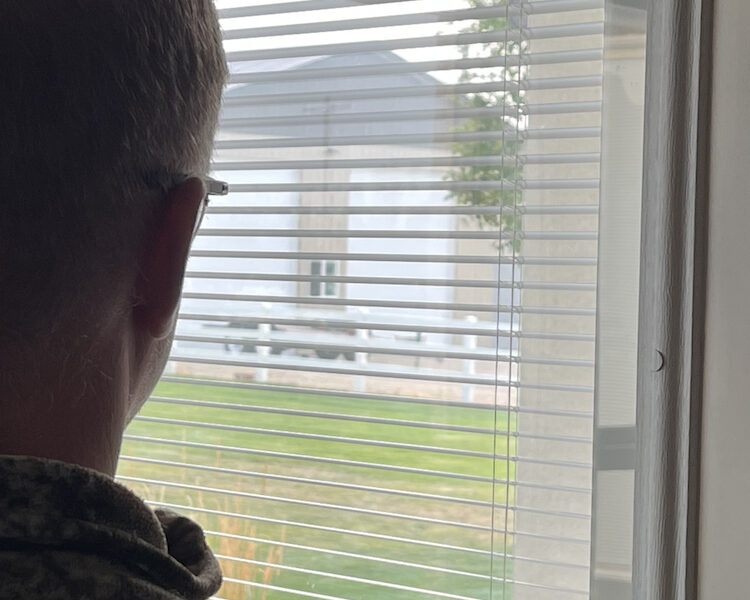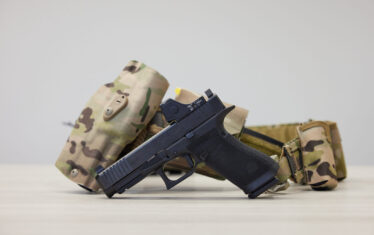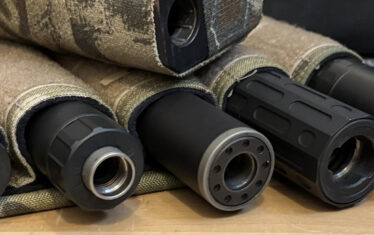We’ve all heard the phrase “sheltering in place” used in various contexts. Ultimately, it means protecting yourself in a specific situation for a period of time.
But how do you plan for it practically? Forget doomsday scenarios; let’s focus on real situations. What steps should you take?
A Shelter-In-Place Scenario
Let’s run a scenario, shall we? This is something that happened to me not too long ago.
The incident is as follows: It’s a normal Tuesday morning. Your kids are at school and you’re working from home when suddenly you hear a loud boom. It’s loud enough that your house shakes, and then you hear a low humming sound.
You look outside and see a small string of smoke snaking into the air in the not-too-far distance. You text a neighbor to see if they can see anything more than you can but to no avail. After listening for emergency crews and not hearing them, you dismiss it as just farm work or some construction mishap (since there is a load of new construction in your area) and you return to your work.
About 30 minutes later you receive the emergency alert from local law enforcement on your phone: “Shelter in Place. There has been a gas line explosion at a location within 3 miles of your location. Do not leave your home. Await further instructions.”
Going into high alert, you start making mental lists of things to do or items to assemble to make sure you’re ready when or if you get evacuated.
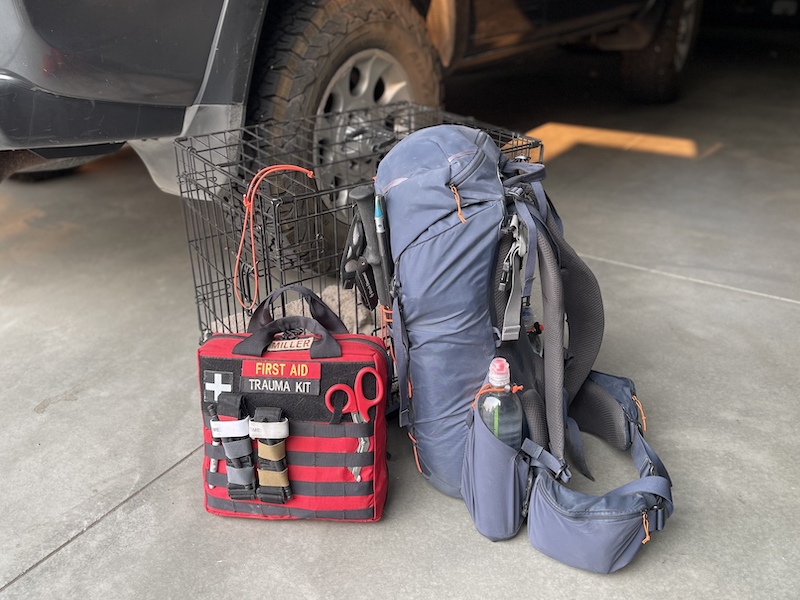
Fundamentals of Survival
What’s the first thing you think of? Humans are hardwired for survival, albeit some of us are better at it than others. We all have intrinsic requirements for us to continue to live. Each situation is different and has its own set of necessities for survival. Some situations may require you to be as quiet as you can and not move much (think active shooter), while other situations allow for more flexibility. You have to assess the situation you are in and find the best course of action.
According to the CDC, the first steps when sheltering in place are to get inside, find a safe spot, and stay put. When you have to shelter in place, hopefully you’re lucky like I was and are in your home or other familiar location. But what if you’re not?
Shelter
A shelter is any place that you can use as a means to keep your body safe, dry, and protected. Since this item also shows up in the phrase “shelter-in-place,” it holds the most importance, regardless of the situation.
Indoor
In the outdoors, shelter can be as simple as a tarp strung between two poles to help keep you out of the elements whether rain or sun since both can be equally damaging, or it could be your vehicle. Ideally, the shelter would be able to keep you either cool in hot conditions or warm in cooler areas.
Outdoor
When indoors your requirements will be different. If you happen to be in an active shooter situation or natural disaster, you will want to find shelter near or behind a solid wall or object that would help provide cover if things go awry. Looking for potential exits and plans of escape, more secure surroundings, or prospective improvised weapons might be follow-up actions.
Temporary or Long-Term
Depending on the situation, the shelter may be only temporary (a few hours) or need to be used more long term (days or more). If you aren’t sure how long you’ll need to shelter in place, always opt for the long-term solutions if you’re able.
Regardless, after selecting the shelter, you stay in that spot. For me, that means selecting the sheltering option that will be more secure and protective. Thankfully, for my scenario, I was already at home, so I was well covered on that base.
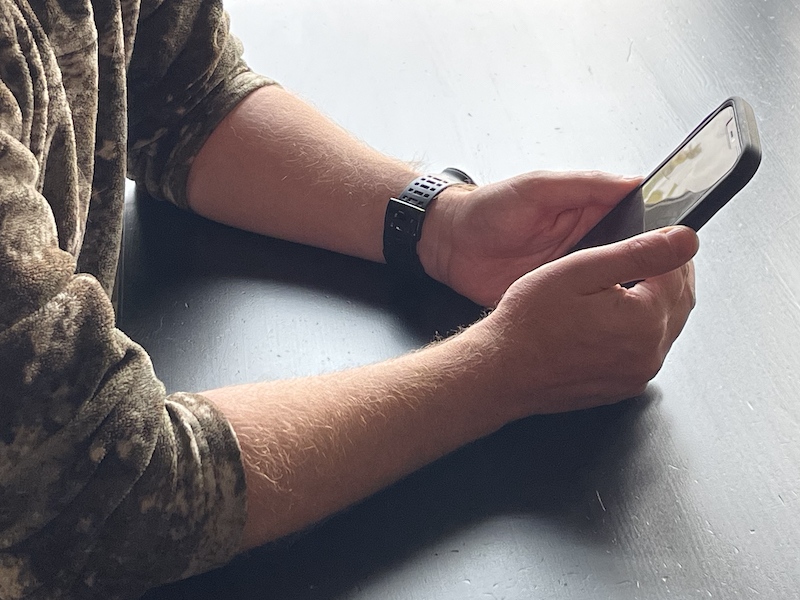
Food and Water
When sheltering in place, you need to have availability of at least a little bit of food and water. For myself, and since we live a handful of miles outside of town, we tend to keep our house pretty well stocked with essentials. It’s important to inventory what you have and plan accordingly, even making educated guesses if needed.
Being prepared for the “what ifs” can make a big difference. It can be as simple as carrying a few extra granola or protein bars with you in a pack or stashing extra food or water bottles in your car. Both are important for fueling your body and, more importantly, your brain in any situation. Maintaining energy during stressful situations is crucial, but if noise is a concern, like during an active shooter incident, it might be best to avoid eating until it’s safe.
Beyond the Fundamentals
Beyond the basics of survival, there are additional considerations during a shelter-in-place incident. Staying put until you receive the “all clear” from officials and maintaining communication with your emergency contact are crucial. But other things like external battery packs to keep those cell phones charged, a stocked bug-out bag, and any protective gear you may want can make a difference.
Bug-Out Bag
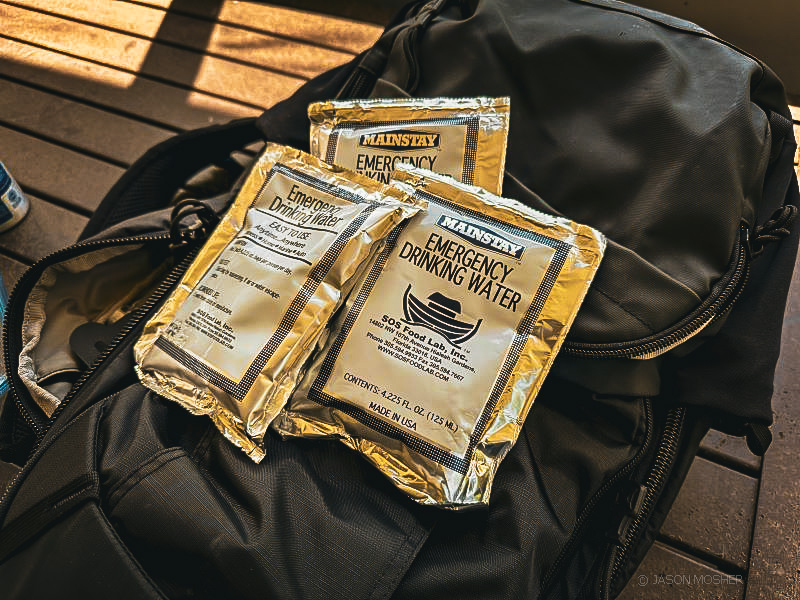
Essentials in a bug-out bag include water, food, a tarp, IFAK, soap, a flashlight, a map and compass, a lighter, and some cash. Firearms also play a crucial role in a bug-out bag. Having a gun you’re familiar with and trained on can make a difference, even if it’s just for peace of mind.
Additionally, having a list of key contacts for vital information is an important part of planning. Being in contact with those important people can ease their minds in a dangerous situation and yours, giving you one less thing to think or worry about.
Evacuation Plan
An evacuation plan should include essentials for protection and comfort. Think extra food, clothing, high-value items like wallets, passports, money, and any pets or other living beings in your care. If you’re in an unfamiliar place, it also means ensuring you can quickly gather your belongings.
In my situation, I had to think beyond myself. I had two pets to care for and needed to reach my children on the other side of the shelter-in-place zone. My youngest child’s school was within the zone and was being evacuated to another location. I had to gather the animals, their food, bedding, and extra clothes for myself and my kids. Having a clear plan helped me stay calm and prepare for evacuation.
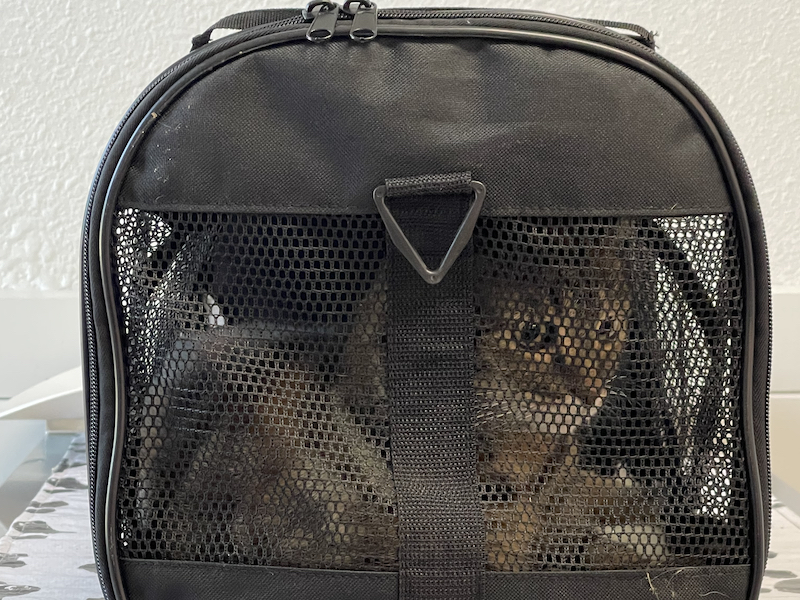
Stay Ready, Stay Safe
Preparing for a shelter-in-place order can be challenging since every situation is different. But having a solid plan, including a bug-out bag and other essentials, can make all the difference. Ultimately it boils down to this: find cover, stay put until you get an all-clear, and maintain contact with necessary entities.
One last thought: sheltering means avoiding involvement in the situation unless absolutely necessary — don’t go looking to get involved.





